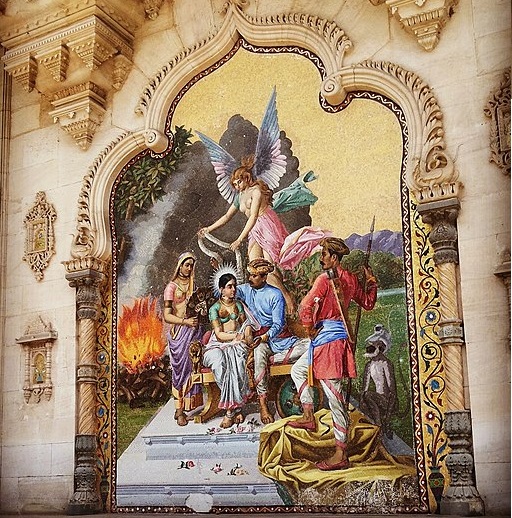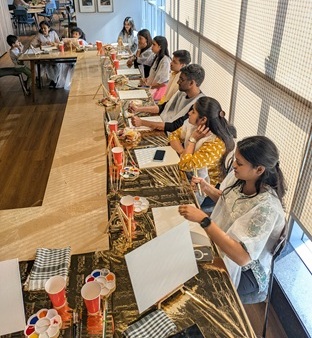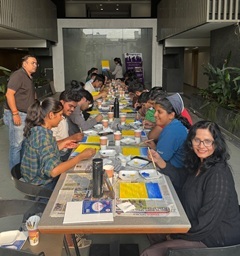रूपभेदः प्रमाणानि भावलावण्ययोजनम।
सादृश्यं वर्णिकाभंग इति चित्रं षडंगकम्॥
वात्स्यायन


रूपभेदः प्रमाणानि भावलावण्ययोजनम।
सादृश्यं वर्णिकाभंग इति चित्रं षडंगकम्॥
In the 3rd century CE, Vatsyayana in his book Kamasutra enumerates the six principles of painting known as Shadanga (षडंग ). Yashodhar Pandit, who was part of the court of Raja Jai Singh in the 11th or 12th century, explained the concept of Shadanga in his book “JayaMangala”.
इति चित्रं षडंगकम् These are the six main principle of limbs of a painting. Mastering the six limbs or Shadanga is an inevitable part of any painter’s journey to become a true artist.

Create, Connect, Collaborate!
